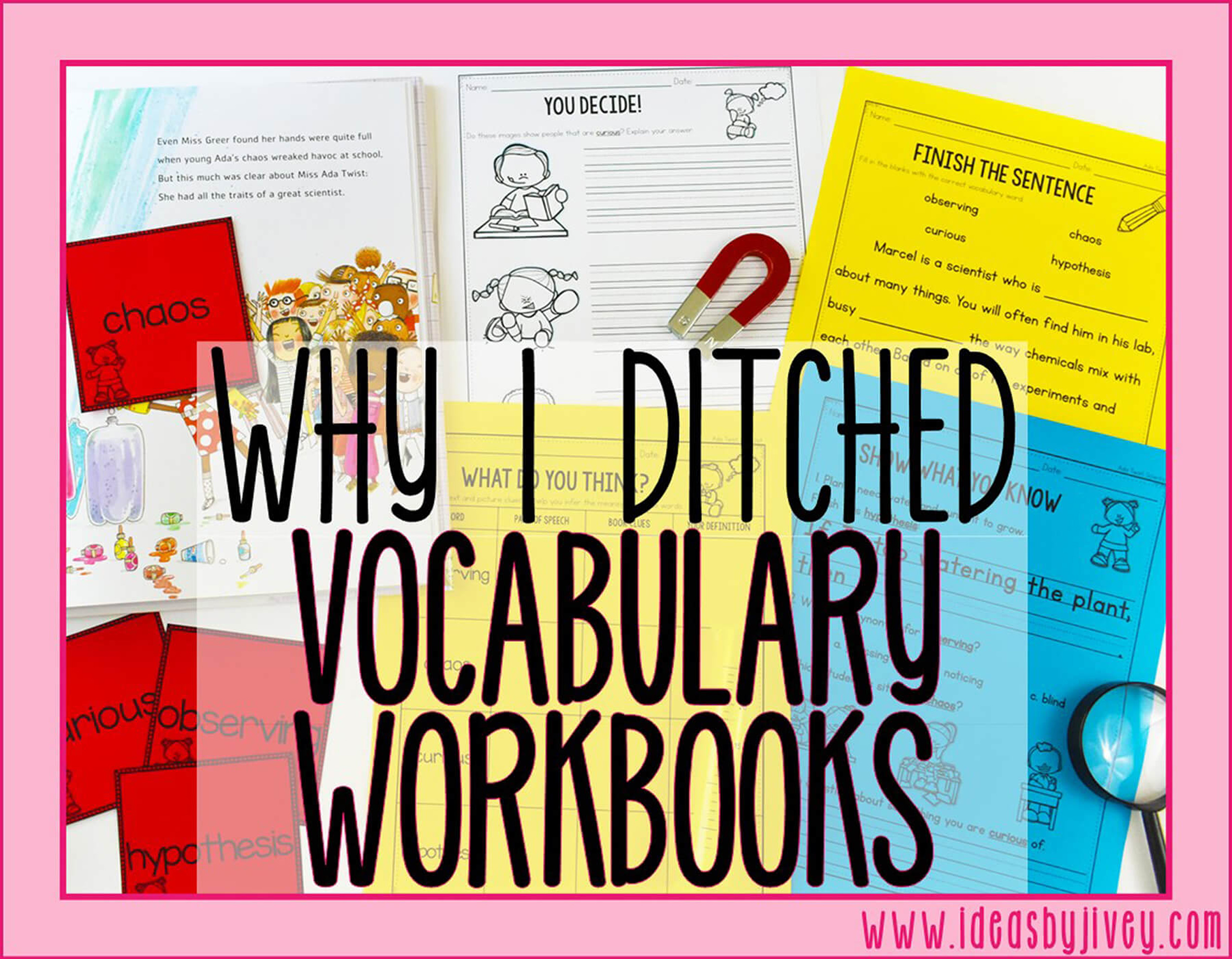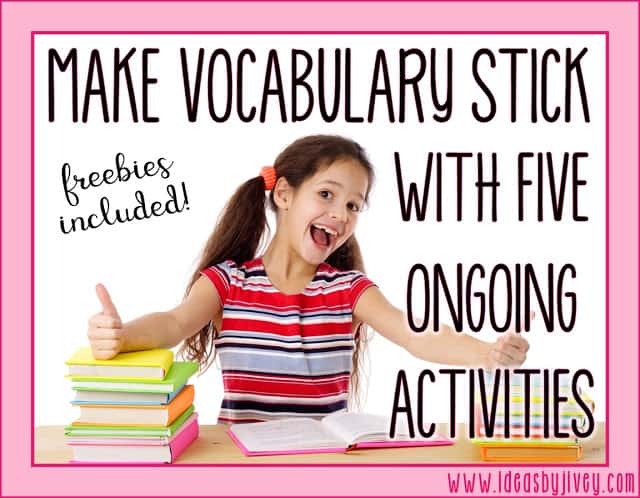
Teaching Vocabulary in Context: My Journey from Mistakes to Mastery
Vocabulary is undeniably a cornerstone of literacy, but the approach taken in order to teach vocabulary is the key. Research-based strategies emphasize the importance of

Vocabulary is undeniably a cornerstone of literacy, but the approach taken in order to teach vocabulary is the key. Research-based strategies emphasize the importance of

Teachers are aware that understanding vocabulary is crucial to reading comprehension, but we want students to do more than just “know it when they read

As you learned in my previous post, it’s time to throw the vocabulary list OUT! Students need the words in context, and they need practice

Give a list of vocabulary words to look up in the dictionary, write a sentence, and then take a quiz on Friday…… these practices